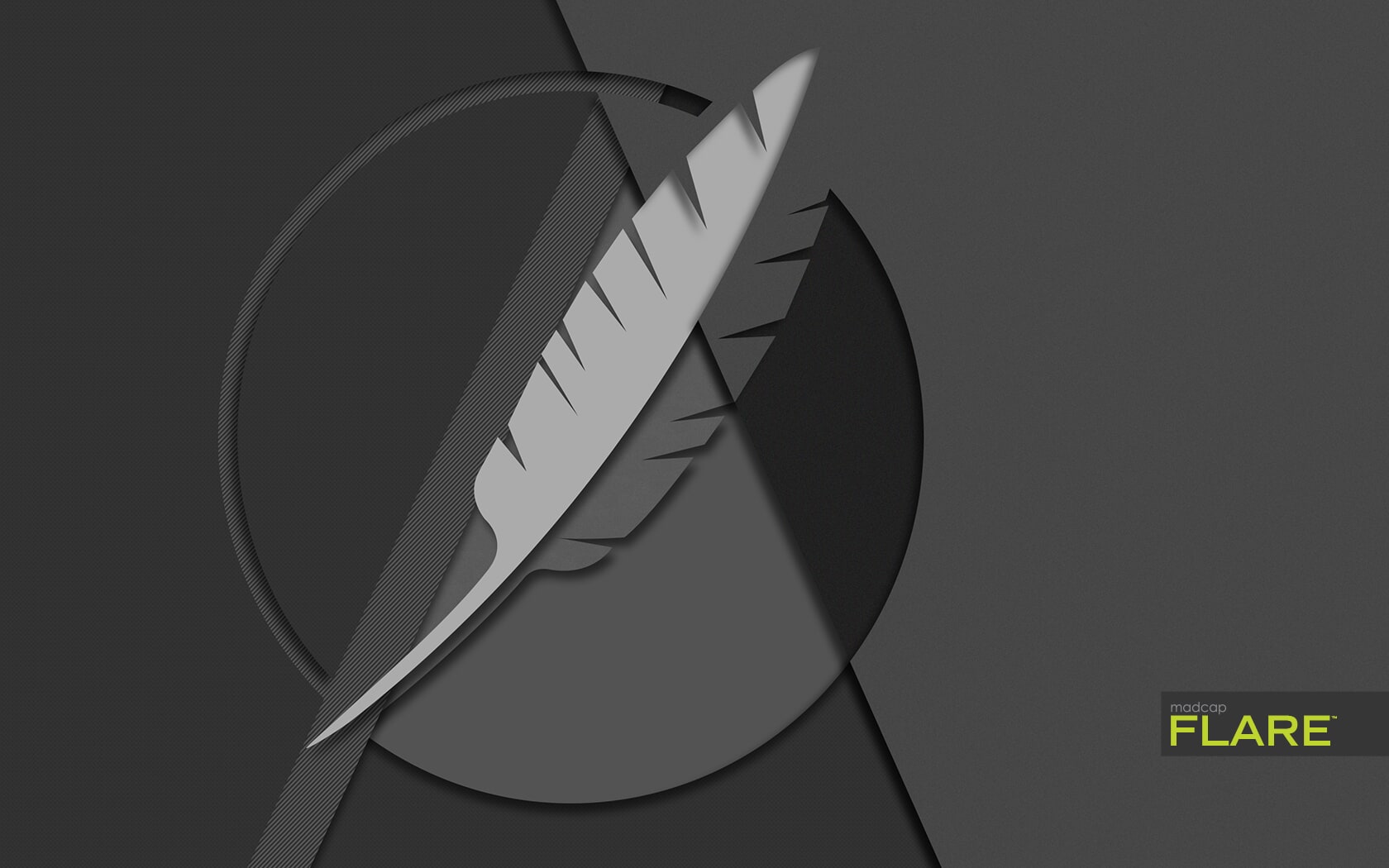

Years later it turned out that the scene was faked lemmings were thrown off the cliff by filmmakers who nonetheless called their work a True-Life Adventure.Such treatment of animals is obviously unacceptable in moral terms. They behave as mindless, unstoppable creatures. In the climax lemmings are shown jumping of the cliff into the water, to meet certain death.

The film narrates a shocking episode with lemmings looking for new territory and shows their frenzied journey towards the sea. The most famous example is the sequence with lemmings from James Algar's White Wilderness from 1958. Moreover, despite the urge to present these films as "documentaries" and stories which truthfully portray the life of its non-human heroes, they were often staged and manipulated. Only the most vivid and striking episodes shot in the wild made it to the final movie. True-Life Adventures are well-known for their rendering of animals' everyday life. First of all, the films must be highly engaging and interesting, that is: "dramatic". They should reach a wide audience their target is not an exclusive group of biologists and other scientists interested in the lives and habits of rare, endangered animals.This need to make nature easily digestible influences Disney's narratives on many levels. After all, movies produced by Disneynature are an all-family entertainment. Thus, one can look at these "documentaries" (even this seemingly neutral category is problematic) as a compromise between entertainment and education: sometimes beneficial for both, but most often privileging the former. There are many cognitive limitations in Disney's way of telling stories about animals, and it can be argued that they did not change over the decades. The film is my primary focus in this paper, but I would like to describe its treatment of chimpanzees in reference to wildlife films genre in general. One of the features made by Disneynature was Chimpanzee, directed by Alastair Fothergill and Mark Linfield and released in 2012. Walt Disney practically stopped making wildlife films in 1960, but in 2007 the label Disneynature emerged, which continues the studio's traditions up to this day.
#MADCAP FLARE TRAINING SERIES#
The series laid the foundations for "blue chip" wildlife films: the subgenre most popular in the United States and Great Britain (with dramatic narrative patterns and omnipresent voice-over).
#MADCAP FLARE TRAINING MOVIE#
Beginning with Seal Island and finishing with Jungle Cat (each movie was directed by the series veteran James Algar), True-Life Adventures won 8 Academy Awards (for best short and full-length documentaries) and were an enormous commercial hit. It was then when True-Life Adventures were produced – the first such a successful attempt to bring remote nature and animals on screen.

Contemporary movies about nature owe a great deal to the patterns developed by Disney associates in the years 1948-1960. By Sebastian SmolińskiWalt Disney Studios are best known for their animated movies, but equally interesting is the history of company's efforts in the field of wildlife documentaries.


 0 kommentar(er)
0 kommentar(er)
